The violinist of the Sitkovetsky Trio reflects on his personal experiences of Richard Strauss’ work that contemplates loss and transformation - including both versions for string septet and string orchestra - ahead of a performance on 15 May with musicians of the Chamber Music Society of Lincoln Center
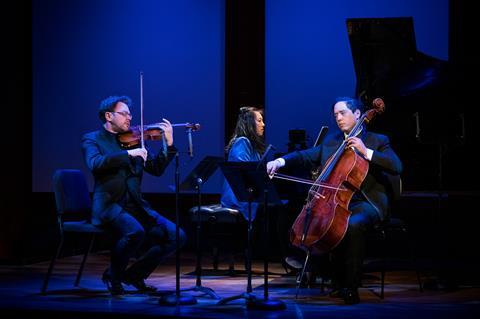
Discover more Featured Stories like this in The Strad Playing Hub
Metamorphosen by Richard Strauss is one of those eternal works that every string player dreams of playing again and again. Even among so many great compositions that Strauss wrote, this piece is perhaps his crowning achievement.
I remember hearing it for the first time when I was 13 at the Menuhin School and falling in love with the work instantly. Even at that age, perhaps without understanding its harmonic complexities or the circumstances in which the piece was created, I was so incredibly moved by the beauty of the music and the emotional journey that the work takes you on. We had the great Vienna Philharmonic concertmaster Rainer Kuchl come and work with us on this piece for a week and I remember sitting in the orchestra and thinking that I had never played music that was so harmonically complex and yet so tonal and beautiful. It was certainly a huge discovery for me at the time.
Now as I am older and I have the opportunity to programme this piece, my thoughts wander in many different directions. The name of the piece itself, ’Metamorphosen’ comes from ancient Greek and is describing music that is literally transforming itself constantly. I wonder how, in the depths of Strauss’ sadness, he found the inspiration to write such a masterpiece that has so much emotional complexity. How could someone, surrounded by such darkness and evil, seeing his own culture being annihilated by his fellow countrymen, write a piece of music where, even among the despair, there is so much beauty and hope and kindness.
In many ways, the title of the piece is very apt for the notes that are written on the page. Although there are probably five clearly defined themes which are constantly reintroduced throughout the piece, the harmonic functions of these melodies are changing all the time and so the piece is in constant transformation, in almost eternal development.
Already in the very opening of the piece, which begins with a feeling of such heavy grief, where the sonority of the cellos and basses is so dark and the first chord is in the key of E minor; even there Strauss immediately modulates to major, if only for a few bars, to give us hope before returning to the minor. I also think that the overall shape of the piece, where the whole work is almost written as if in one long line, (there is only one moment when the orchestra falls silent throughout its entirety), as well as Strauss’ tempo indications which encourage us to gradually get faster and faster throughout the whole piece until the recapitulation arrives, also creates a feeling of constant development and motion.
Taking all of this into account, it is very interesting to approach this piece in the arrangement for string septet. I have performed both versions and while the original work for string orchestra will of course never be surpassed, it can be also riveting to play the more intimate version. One of the great challenges to make the orchestral version work is being able to find the right pacing of the piece, especially the transitions from one section to the next. Too fast and the piece sounds hectic and out of control; too slow and the music is stuck and is suffocated by the weight of its textures.
To find the right solution, you need 23 people breathing, feeling and interpreting the music together, which of course can give incredible musical rewards but also can be a challenge. In many ways, the septet version eliminates some of these issues, by reducing the amount of people on stage and as a result thinning out the texture. The material remains but the parts are no longer doubled or tripled and in some ways that makes it easier to construct the piece. The drawback to that is the challenge of being able to try and find the right atmosphere in the interpretation, knowing that you cannot create the same textures and colours as you would with the full 23 strings.
Over the course of the last 400 years, it was quite usual for big orchestral pieces to be rearranged for small ensembles so that they could be performed in a chamber setting. The immediate one that springs to mind is Mahler’s fourth symphony and the arrangement by Erwin Stein, made in 1921 for Schoenberg’s Society for Private Musical Performances, but there were many others, even going far as back as Beethoven with his symphonies being arranged for much smaller ensembles.
Having had experiences with many of these reduced orchestrations, it is interesting to see how the piece becomes something different than the original, the music is familiar but the textures and voicing change so much. In these situations, I think the right thing to do is to try to find the same atmosphere, the same emotional depth, but knowing that the piece will not sound exactly the same, and to embrace its ’transformation’ into something different but special none the less. This will certainly be the direction that we hope to take for our performance.
Metamorphosen was a very personal statement for Strauss. He laid bare his own emotions and feelings towards what was happening in that specific period of history, the end of the Second World War, and coming to terms with the unfathomable destruction that occurred in this time. But the genius of great music, truly eternal music, is that it can mean something important and personal for every one of us. It takes us to moments in our lives, it provokes memories, feelings and emotions, it affects us in a very powerful way. This piece, almost perhaps more than any other, has a profundity that touches our souls intimately.
The Sitkovetsky Trio will be joined by musicians from the Chamber Music Society of Lincoln Center, New York, for its concert The Late Romantic, comprising works by Barber, Chaminade, Wagner and Strauss. The performance will take place at The Menuhin Hall at 7:30pm on 15 May 2025.
Read: Sentimental Work: Alexander Sitkovetsky on Bach’s ‘Double’ Violin Concerto
Watch: Strauss’s Metamorphosen played on one luthier’s instruments
Discover more Featured Stories like this in The Strad Playing Hub
The number one source for playing and teaching books, guides, CDs, calendars and back issues of the magazine.
In The Best of Technique you’ll discover the top playing tips of the world’s leading string players and teachers. It’s packed full of exercises for students, plus examples from the standard repertoire to show you how to integrate the technique into your playing.
The Strad’s Masterclass series brings together the finest string players with some of the greatest string works ever written. Always one of our most popular sections, Masterclass has been an invaluable aid to aspiring soloists, chamber musicians and string teachers since the 1990s.
The Canada Council of the Arts’ Musical Instrument Bank is 40 years old in 2025. This year’s calendar celebrates some its treasures, including four instruments by Antonio Stradivari and priceless works by Montagnana, Gagliano, Pressenda and David Tecchler.

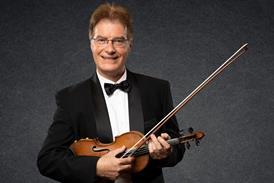

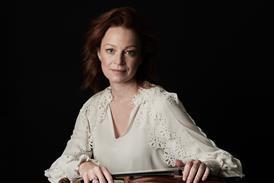
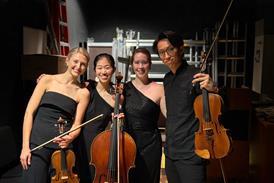

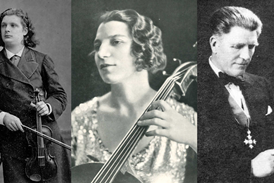



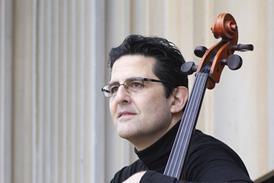
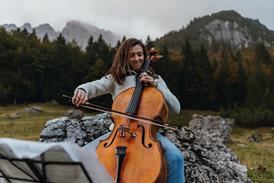

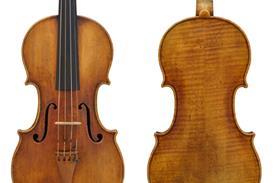

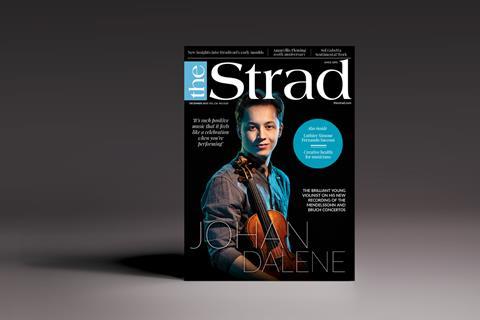
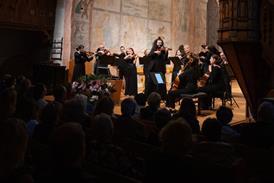

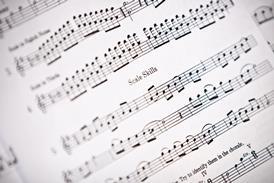
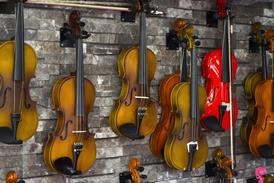

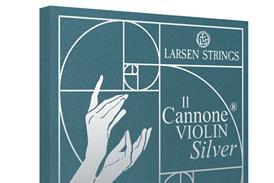

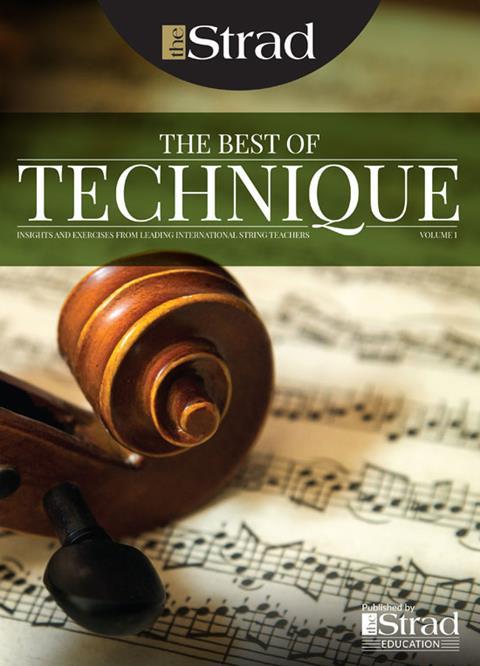
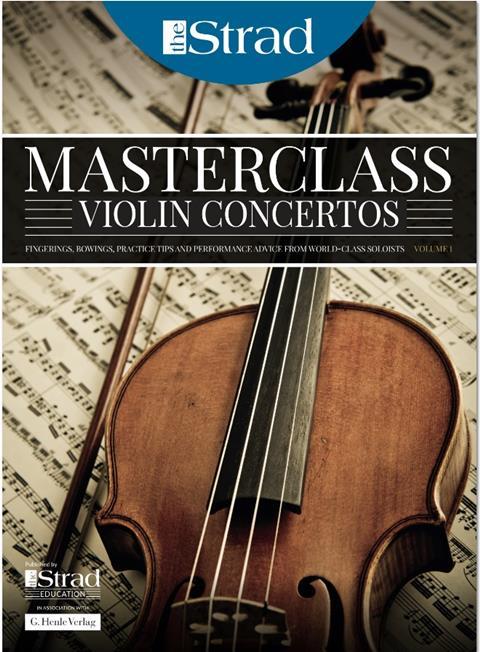
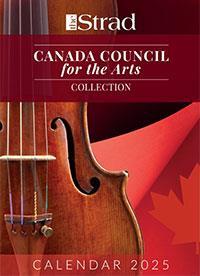
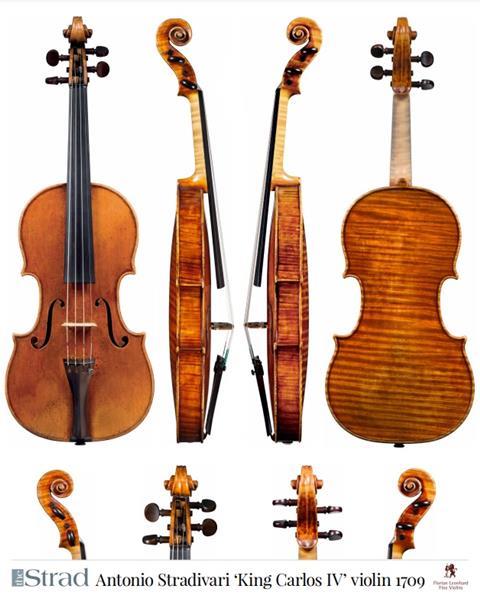
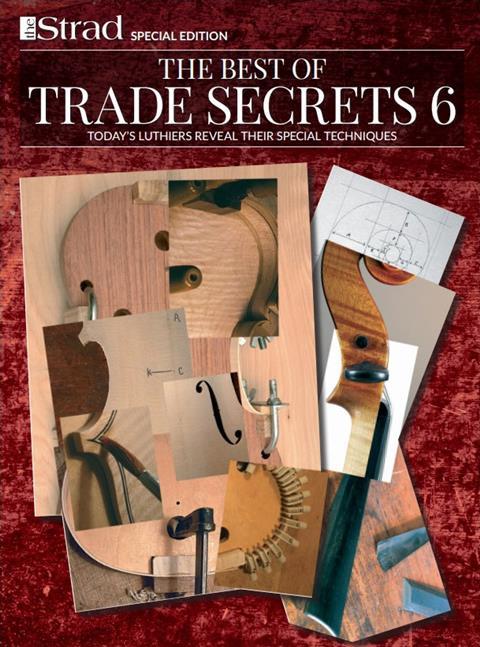
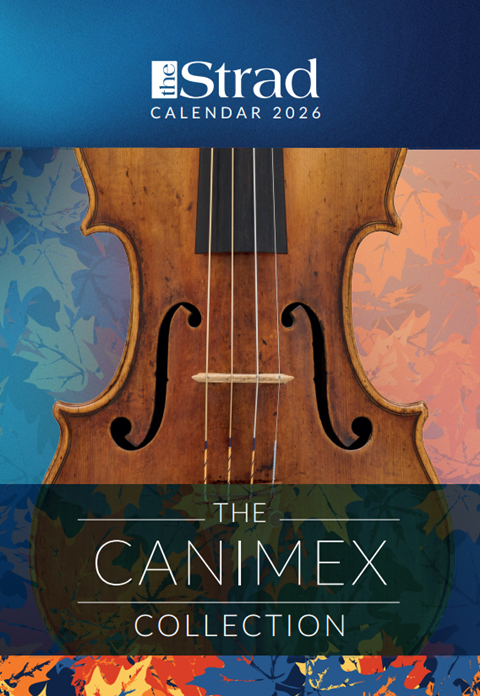
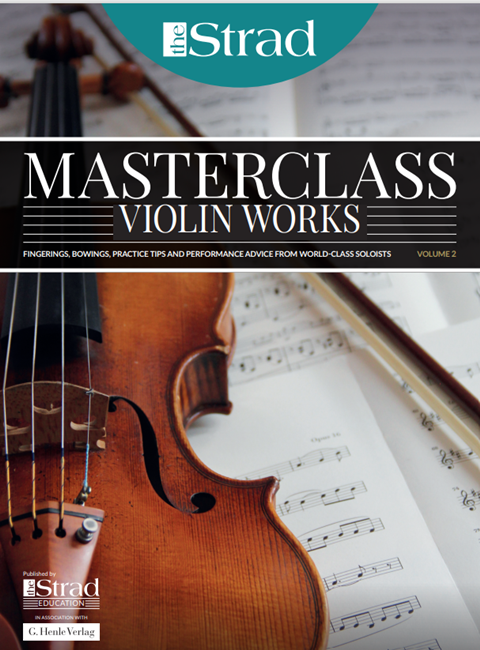
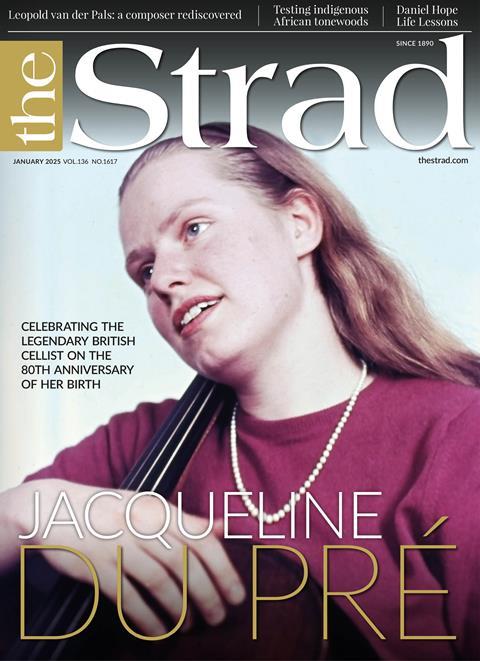

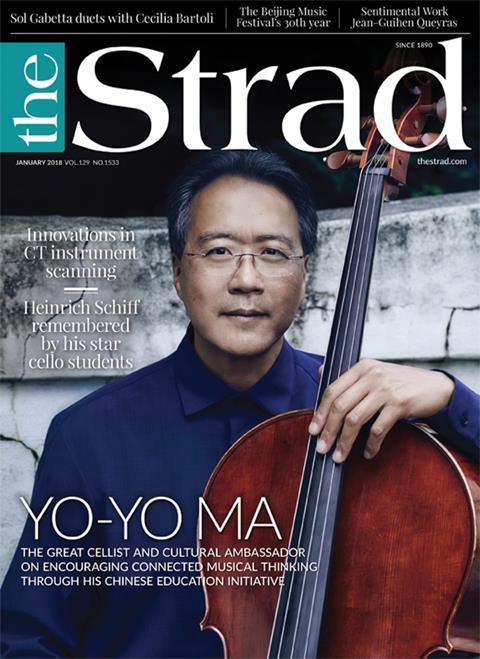












No comments yet